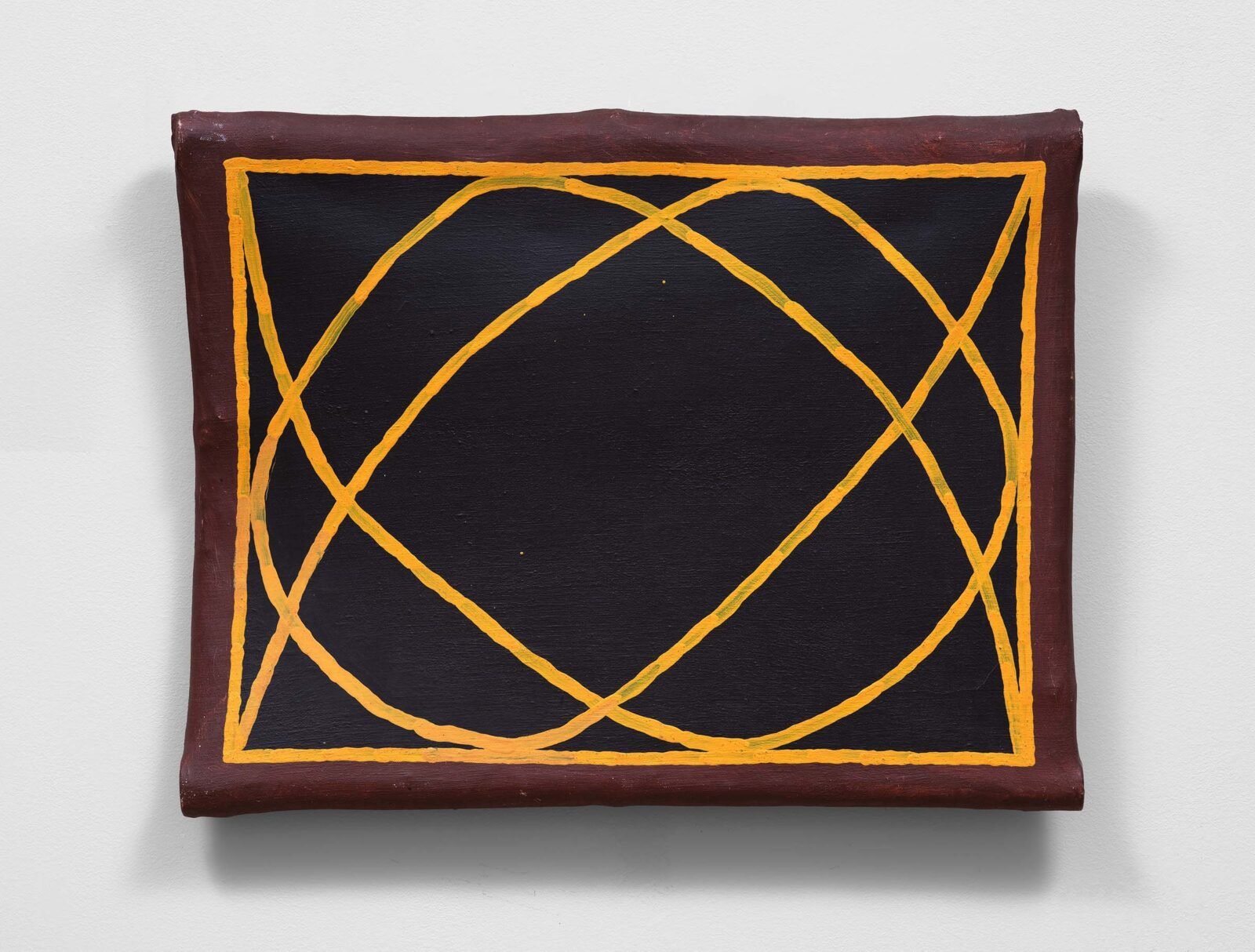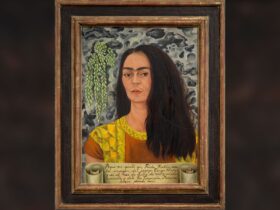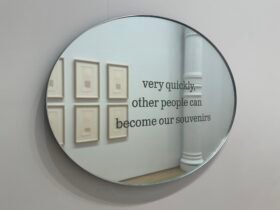Around 1963, Peter Young began to consider himself a painter. He was born in Los Angeles and spent two years at Pomona College in Claremont, California. He moved to New York in 1960 and studied briefly with Theodoros Stamos and Stephen Greene at the Art Students League before enrolling in the art history program at New York University. not yet fully committed to being an artist. But in 1964, a year after graduating from NYU, he created all-over plaid paintings and all-over paintings consisting of equally spaced dots of the same size. Although he was not looking for gallery representation, he attracted a lot of attention with these latest works.
Although Young used a reductive vocabulary of points and lines, he did not identify himself with Minimalist or Formalist painting, which emphasized the grid, flatness, and rejection of nature as a subject. In a video interview on the Gallery Wendi Norris website, he calls himself a ‘maximalist’.
Young’s ‘Maximalism’ had its roots in his upbringing. At the age of 16 he met the couple Lee Mullican and Luchita Hurtado, both modernist painters. Unlike their East Coast counterparts, they did not reject mysticism, otherworldliness, and non-Western sources, or what might be called alternative systems. For them, nature was part of the cosmos, full of invisible energy. This is the basis from which Young developed his preoccupations.

In the summer of 1969, just as his paintings were being included in prestigious exhibitions such as the Corcoran Biennale, Nine young artists / Theodoron Award at the Guggenheim, and a two-person show with David Diao at Leo Castelli, Young left New York. When Castelli invited the artist to join his gallery and offered him a stipend, Young turned him down and stayed with his then dealer, Richard Bellamy.
At first, Young went to Costa Rica and lived with the Boruca tribe, where he made paintings by wrapping cloth around sticks tied together, the opposite of what was happening in New York. When he left Costa Rica, he gave all but one of them to friends he had made in the Boruca tribe. He gave the other to a friend who lived in England.
After returning to the United States, he wandered the West. He eventually settled in Bisbee, Arizona, where he still lives, works and contributes to the community, but he also spent time in Utah. While there, he made “stick paintings.” These are the subject of Peter Young: ‘Stick’ paintings, 1970at Craig Starr Gallery. Expanding on the formal and material explorations he began in Costa Rica, Young stretched canvas over ponderosa pine branches, held together by nylon, jute, or cotton rope, and painted with acrylic.

The 11 paintings in the exhibition are all titled with a number and year. The flat “36-1970” is a 1971 according to Ellen Johnson ArtForum article, the last painting in the series. Together, Young’s 36 “stick” paintings provide a viable alternative to the rigid, large-scale abstract paintings prized in New York at the time. They are handmade, modest in size and irregular in shape, and have a brown border that reflects their handmade frames, protrusions and the like. Young painted a few similarly colored lines over the monochrome interior. He never revises the drawing, and the viscosity of the lines becomes apparent when he stops and reloads his brush. What you see is not a tightly executed, mechanical painting, but a more modest and vulnerable approach, the work of the painter.
Although the drawing is abstract, the works evoke Native American motifs. That proximity, along with the ponderosa frames, evokes many associations, including the indigenous sources behind so-called American abstraction. Literally and figuratively, the canvas is attached to nature, rather than to a stretcher frame, which Young associated with the selfish, aesthetic rigidity of the New York art world. His opposition to aesthetic agendas and groupthink was important then and urgent now. Young is much more than an idiosyncratic artist, and the broader implications of his visually striking oeuvre have yet to be fully recorded in the history of American art.




Peter Young: ‘Stick’ paintings, 1970 continues at Craig Starr Gallery (5 East 73rd Street, Lenox Hill, Manhattan) through February 8. The exhibition was organized by the gallery.













Leave a Reply